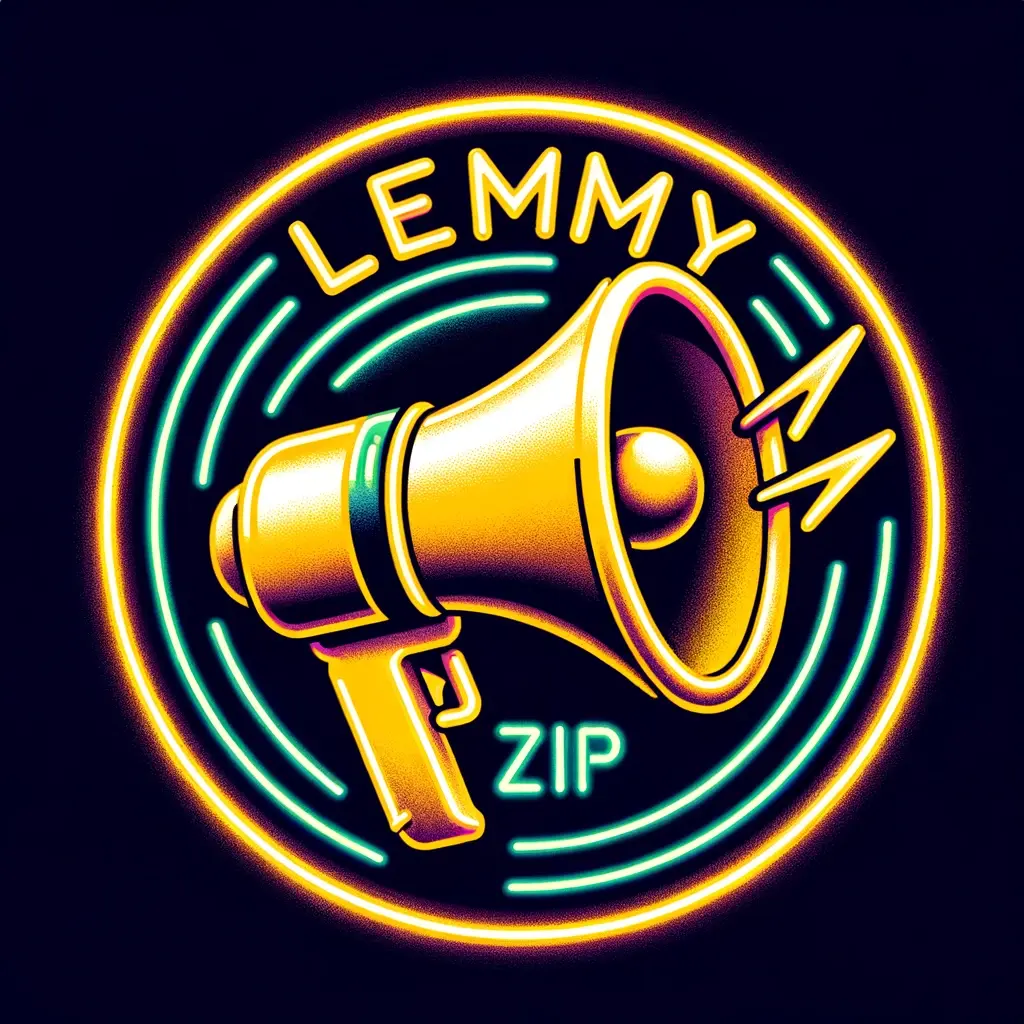

I think you are correct that there are parts of the protests that are difficult to verify.
Some parts are easy to verify. There are videos and photos. People were killed brutally in the crackdown.
But the reporting and sources from that time (and now) can be a bit lacking. Information was spotty, and of course anything official can’t be taken at face value.
We went through some of this in a Chinese Government class I took. This about 10-15 years ago at a U.S. university. We were looking specifically at how many people died. The Chinese government said a couple hundred. Some western media said over 10,000. Hospital records were like 500. The true answer is difficult to know. We sort of have to interpret the claims based on other information that we can verify (photos, different accounts of the events) and make a best guess to what the true range might have been.
Like anything that’s been turned into online propaganda these days, a lot of extreme claims are thrown around to support an unrealistic interpretation of facts. For example, western media claiming over 10,000 deaths turns into “western media was lying to make China look bad” turns into “it didn’t happen”.
If I have time later I’ll try to revisit this thread and point you to some of the better sources I found.
TL;DR: good faith skepticism of specifics can help us learn. However, tankie/wumao skepticism is not really grounded in fact















You can connect Jellyfin to an SSO provider. It still needs work, and client support is lacking. Ideally I think it maybe should be built in rather than a plug-in (would definitely encourage more client support). But it exists.
https://github.com/9p4/jellyfin-plugin-sso
Feature request for oidc/sso:
https://features.jellyfin.org/posts/230/support-for-oidc-oauth-sso
As it stands, you could enable both the SSO and LDAP plugins, and let users do password resets entirely through your auth provider.
Basically, this is all stuff that comes with Plex out-of-the-box, but you sort of have to glue it together yourself with Jellyfin, and it’s not yet in an ideal state. Plex is much much easier to configure. I wouldn’t allow yourself to believe that Plex doing all this for you will make you totally secure through – there’s been multiple incidents with their auth, and IIRC the LastPass attacker pivoted from a weak Plex install. Just food for thought.